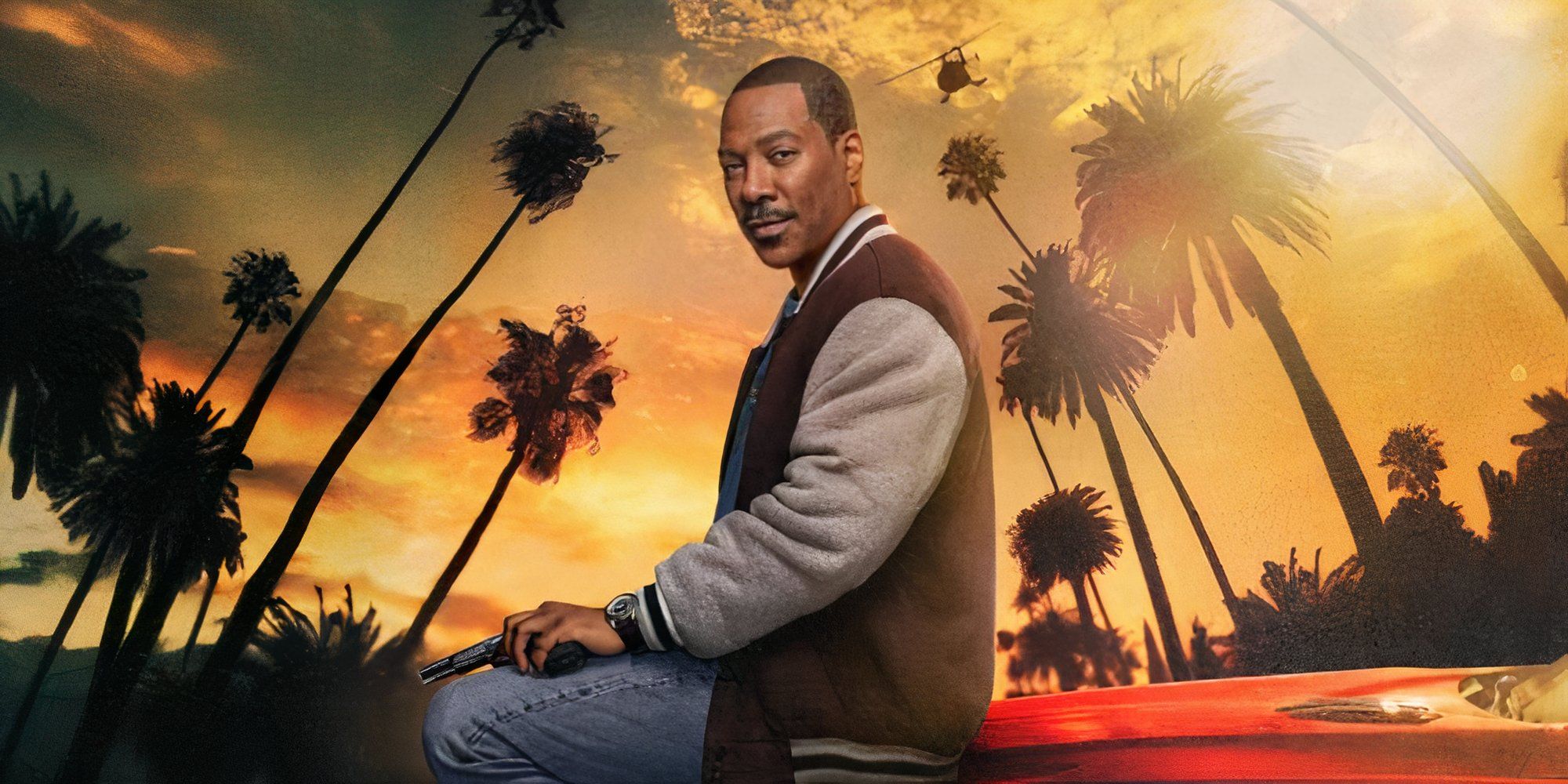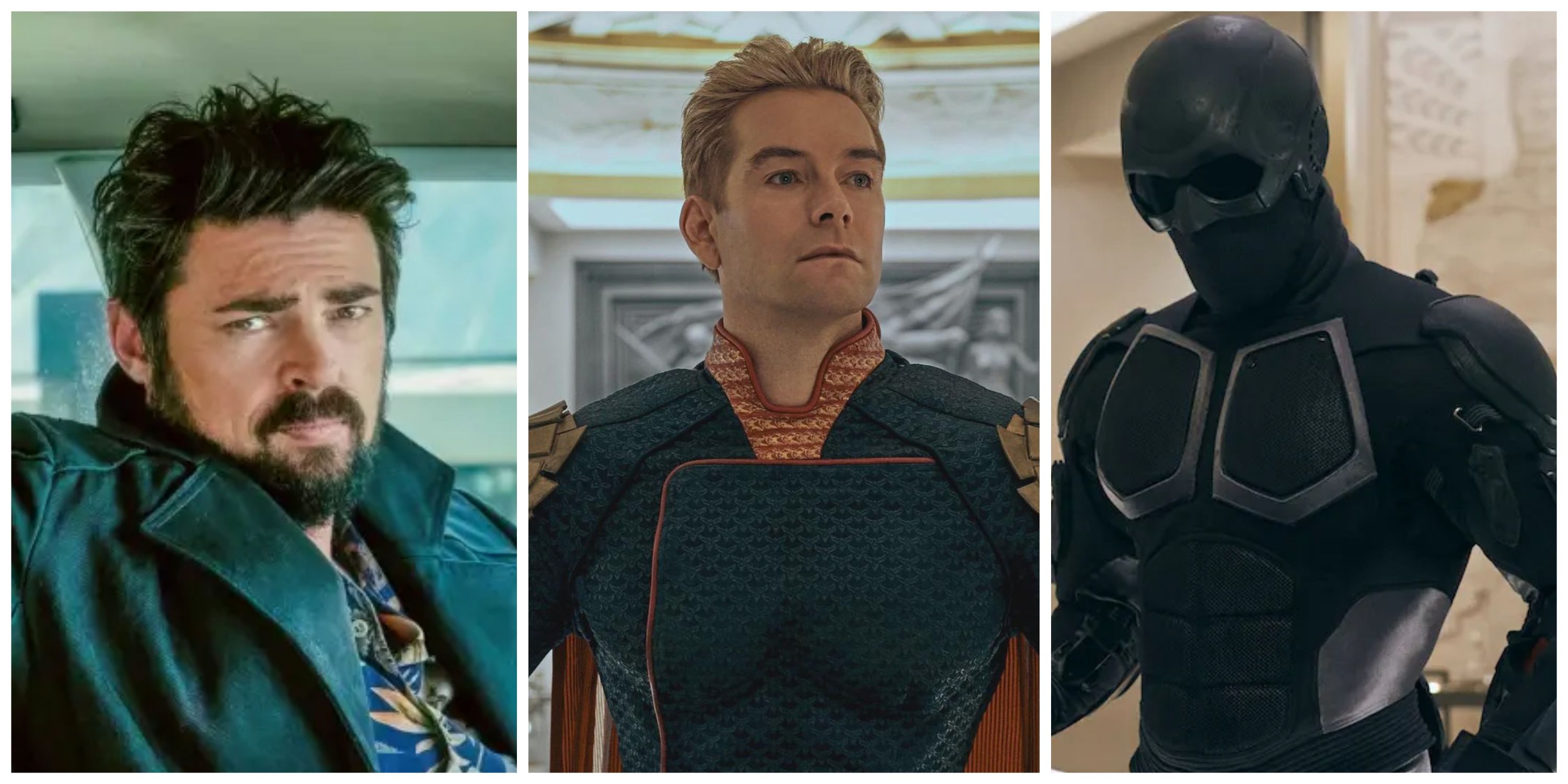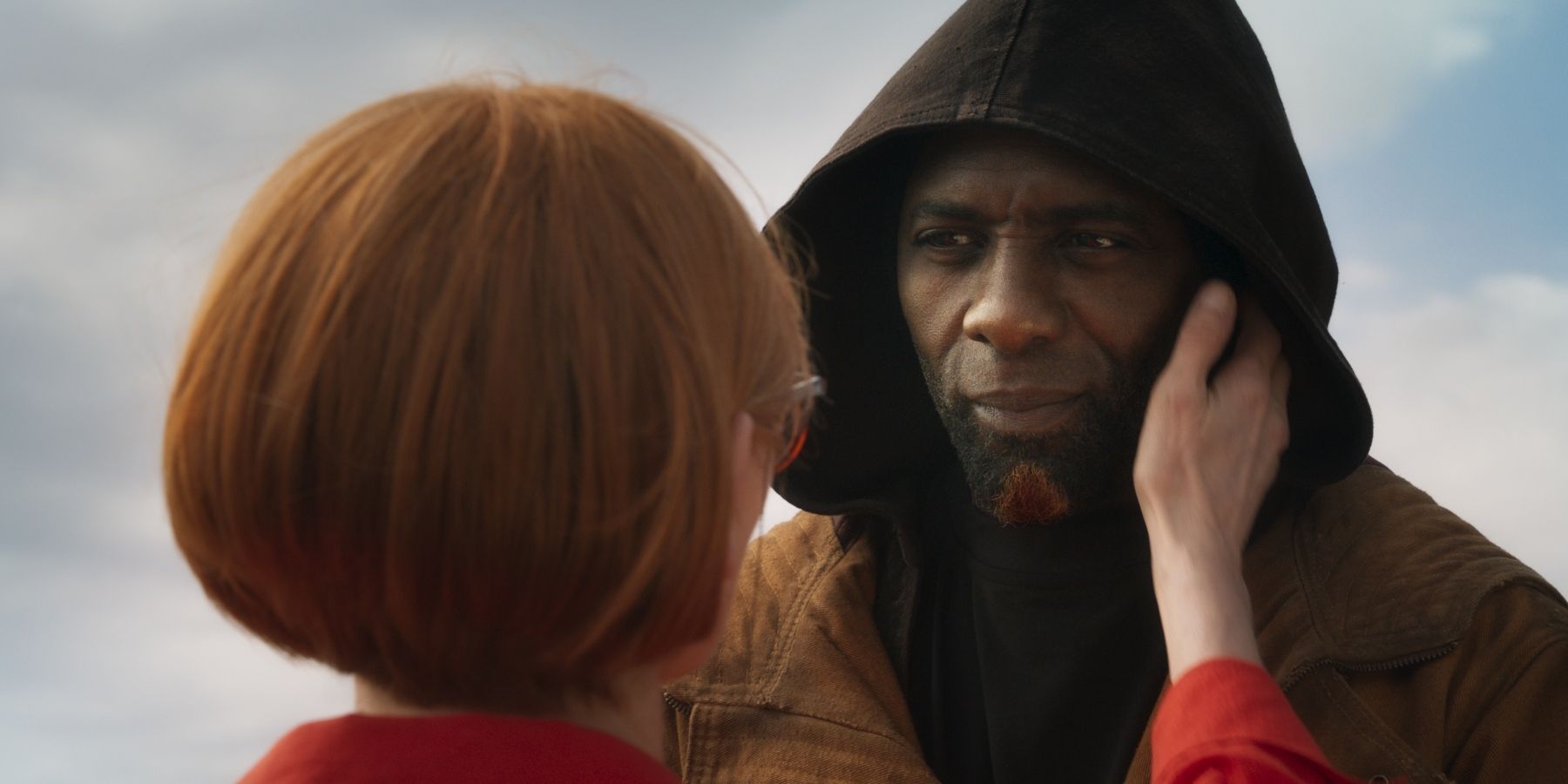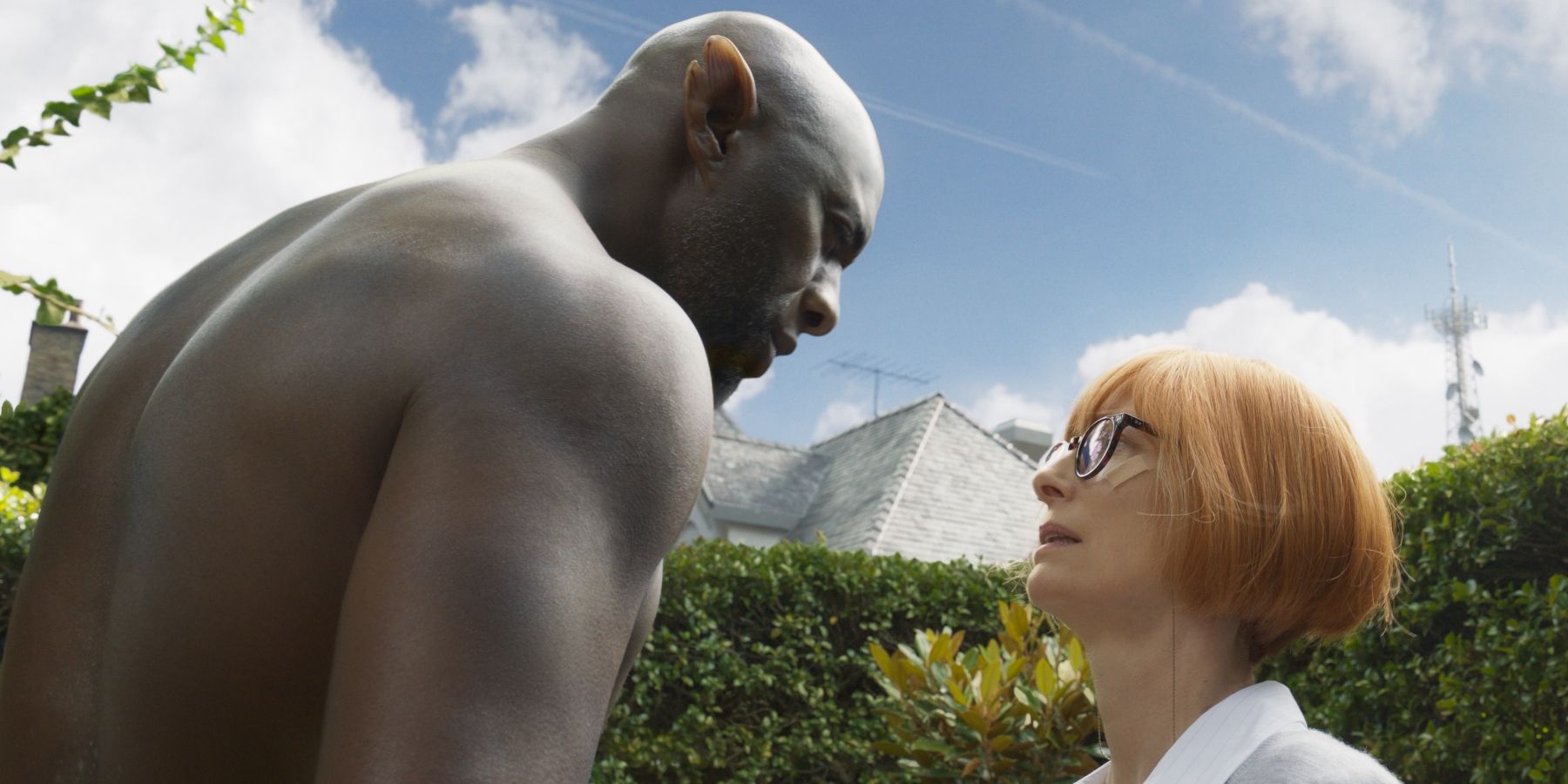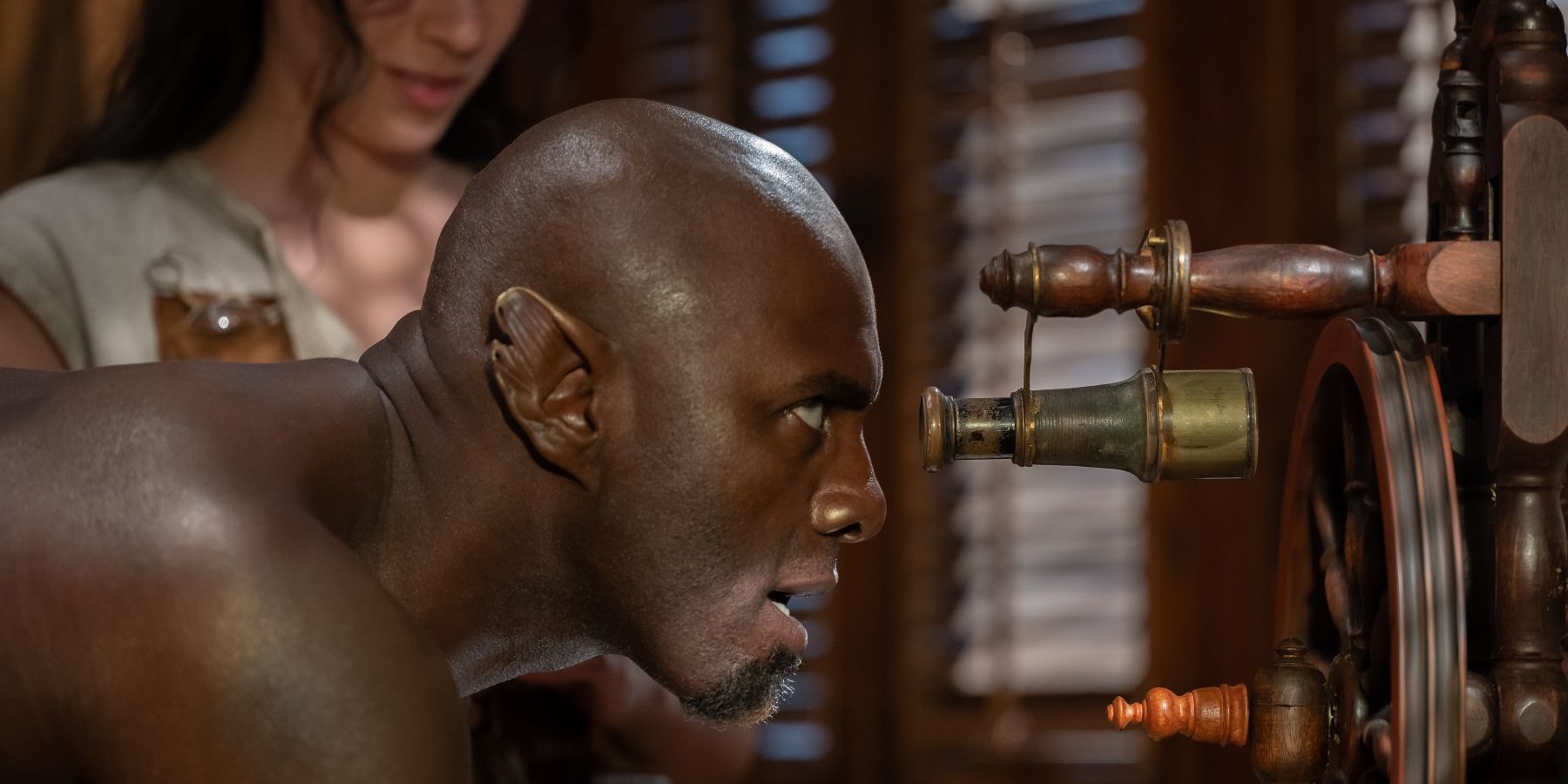Three Thousand Years of Longing is a story so simple and sprawling. The timeline spans centuries but the conversation is focal. Similar to Interview with a Vampire, a mortal encounters a supernatural character, and that extraordinary individual unfolds a vast and epic tale. Identical to other George Miller films, Three Thousand Years of Longing is bold in its ideas and imagination. And even so, there is a frustrating quality to this new film that will also leave audiences longing.
Among film critics, a war will rage internally over how to assess George Miller‘s latest effort. One of the biggest reasons is that Three Thousand Years of Longing is a major swing at originality. This is not a film studios take a risk on very often. And at the same time, it’s a giant swing hitting mostly air.
Based on the book The Djinn in the Nightingale's Eye, Three Thousand Years of Longing centers on Alithea (Tilda Swinton) a literary scholar and expert on myths of modern as well as historic. On her trip to Istanbul, she happens to come across a small blue and white glass container that holds a secret Djinn (Idris Elba) inside it. Upon cleaning The Djinn’s bottle, his embodiment fills the room, leaving very little space for her or him inside the tiny hotel room. It’s at this moment, that The Djinn offers Alithea three wishes. Alithea is hesitant and begins debating on the merits of wishing. For one reason, she doesn’t have anything she desires, and the second reason being her studies on literature mostly have indicated characters never truly get what they wish for.
It is during these discussions that Three Thousand Years of Longing is at its most compelling. The Djinn morphs into a more relatable size to converse with Alithea equally. And both mortal and God have a philosophical debate about wishing through the first two acts of the movie. While the film does adventure through grand time periods, the approach in the hotel debate feels very similar to a stage play. And cinephile’s who enjoy stories with characters only talking and exchanging wits for long periods of time will find a lot to enjoy here.
As the discussion over wishes plays out, The Djinn attempts to reason with Alithea by giving tidbits of his life story to her. The recounting of these events dates back to the time of the Queen of Sheba. It is in these moments where George Miller’s imagination works best. The visuals, the scale, and the otherworldliness that only Miller can accomplish are most prominent in these flashbacks. If the film maintained this flavor throughout the rest of the movie, it would’ve been great. Unfortunately, it stumbles on itself shortly after the third act begins.
Once a decision has been made regarding the wishes, the movie gallops to the finish rather quickly. We are then introduced to a series of scenes that feel haphazardly cut together. There is also a sense that key information has been removed from the final cut of the movie. Because of this, Three Thousand Years of Longing is rather perplexing in its story and message. This is very disappointing considering George Miller is fresh off of making Mad Max: Fury Road one of the best films of the last two decades.
Beyond this, the movie looks gorgeous as any George Miller film does in visuals and style. Miller is one of the remaining directors who knows how to make a simple scenario feel more interesting with how he stages and frames a scene. The same is true of cinematographer John Seale who has a long healthy history in the industry shooting classic movies such as Harry Potter and the Sorcerer’s Stone,The English Patient, and so many more. His visual eye for photography continues to be magnificent in this film as well.
Visuals aside, the film has heavy themes exploring loneliness and isolation. The Djinn seeks freedom from his prison for centuries and Alithea has a strange disconnect with people and relationships. She even discusses a time in her childhood when she had an imaginary friend. Idris Elba and Tilda Swinton do everything they can to bring the subtext justice but there’s not enough space for their relationship to breathe. The rushed nature undercuts what it was building thematically and it is unclear whether we are supposed to believe these two lonesome characters feel something for each other.
Despite all this, Three Thousand Years of Longing is an admirable effort by George Miller. It’s a misfire from the famous director but it’s an interesting one. An interesting misfire is much better than a movie that plays it safe. And it's a decent holdover until Furiosa. It might feel like an incomplete thought but at least George Miller is thinking harder and bolder than most directors.
Three Thousand Years of Longing is playing in theatres.
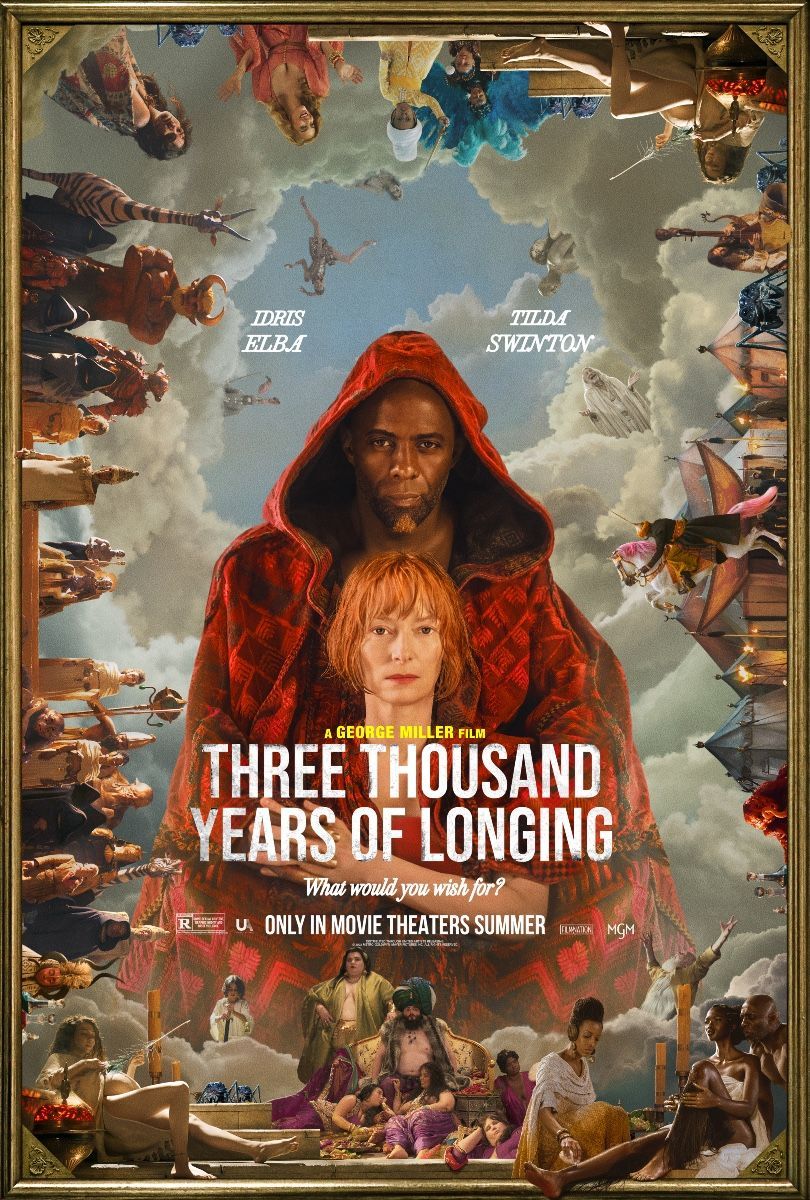
Three Thousand Years of Longing
Based on the story by A.S. Byatt, The Djinn in the Nightingale's Eye, Three Thousand Years of Longing follows Alithea, a professor who lives on her own, occasionally afflicted with visions of demons. On a trip to Istanbul, Alithea happens upon a unique glass bottle at a Bazaar and purchases it. When she cleans the bottle with a toothbrush, a powerful Djinn (Idris Elba) suddenly emerges from it and asks Alithea the three wishes her heart desires most. Alithea, the erudite scholar she is, knows that Djinns are tricksters, prompting Djinn to tell the story of how he ended up trapped in his glass prison. The film's story then recants three tales of Djinn's past, helping Alithea trust him and finally make her three wishes.

